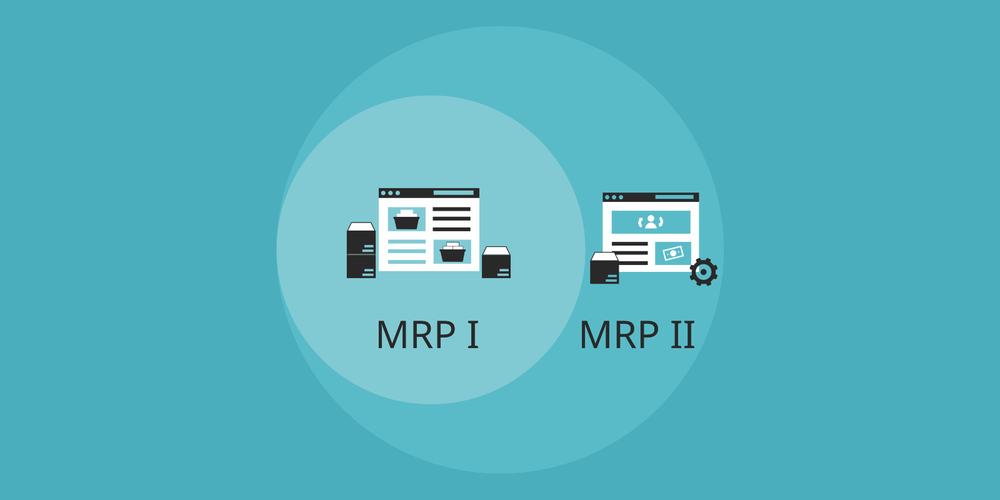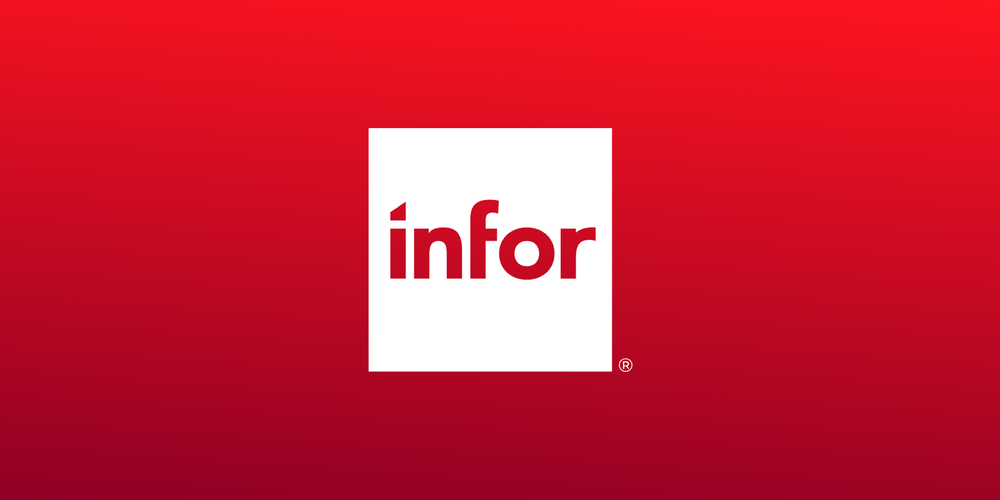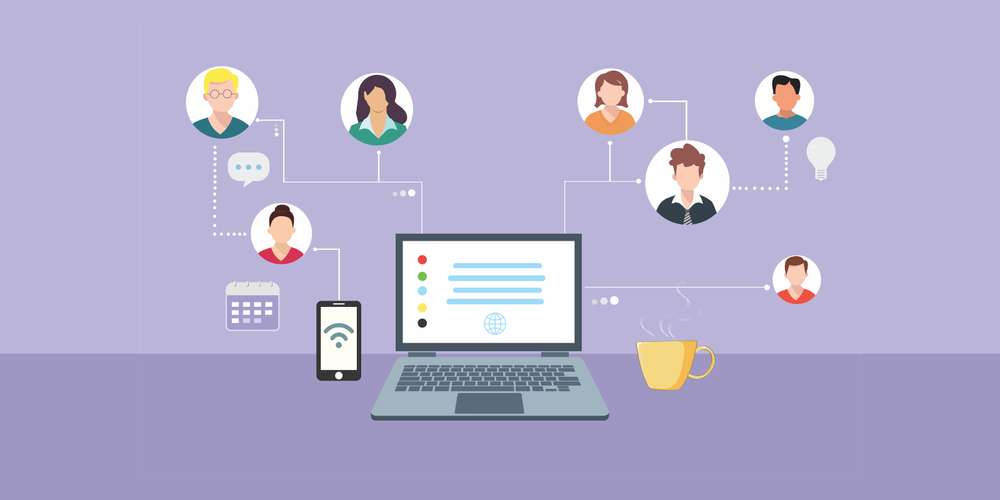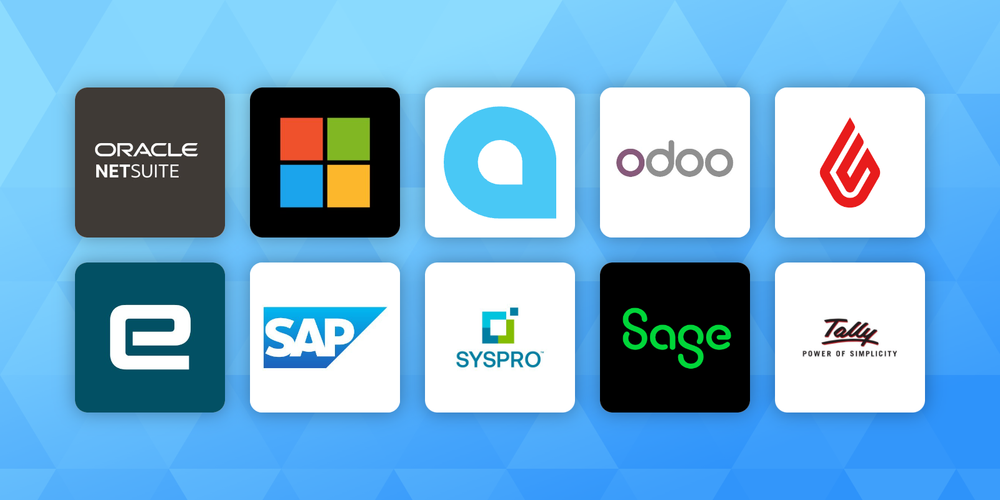All Resources
-
Seed-to-Sale Tracking Compliance By State
Updated August 26th, 2025
-
How Much Does ERP Cost?
Updated July 28th, 2025
-
What Are Variance Reports?
Updated October 2nd, 2024
-
Power BI Dashboards: 10 Examples and Best Practices
Updated September 25th, 2024

What is Field Service Management (FSM)?
Field service management (FSM) refers to work performed off-site, such as in a residential or commercial location. It ensures remote technicians have support.

What is a Quality Management System?
Delve into the essentials of Quality Management Systems (QMS), their benefits, key standards like ISO 9001, and tools for continuous improvement in our comprehensive guide.

What Is Fleet Telematics and How Does It Work?
A vital part of fleet management, vehicle telematics provides a comprehensive overview of fleet performance using GPS tracking, dash cam recorders, and other sensors.

Quality Compliance vs. Management: How Compliance Leads to Quality
Quality compliance and management seem to go hand-in-hand. Yet how are they different? And which quality assurance system is best for your business?

What is EQMS?
How is an enterprise quality management system different from traditional quality management software? Learn what an EQMS can bring to your business.

Top 100 Accounting Software Features
Discover what every accounting software package must have with this top 100 features list. Find Check Printing, 1099 Forms, Advance Payment Scheduling, and more.

What is IIoT? Definition and Benefits of Industrial Internet of Things
The Industrial Internet of Things (IIoT) is an ecosystem of devices that monitor, collect, and exchange date while communicating through sensors via the internet.

Quality Assurance vs. Quality Control: The Key Differences
Quality management methods include quality assurance (QA) and quality control (QC). Despite similarities, they use different methods to improve your company's output.

What is a Manufacturing Execution System (MES)?
Gain a better understanding of the manufacturing execution systems (MES) and software which make it possible to turn raw materials into finished products.

What Is Construction Quality Management?
Construction quality management combines quality assurance and control to ensure tasks are to specifications and budget, and up to quality and safety standards.

The Top Lean Manufacturing Tools and Techniques
Lean manufacturing tools are anything meant to reduce waste or increase productivity during production. Learn about the ideas, benefits, and goals each tool offers.

Demand Forecasting: Methods, Types, and Examples
Demand forecasting is the process of developing the best possible predictions of future consumer demand. Find which forecasting method works best for your business.

Demand Planning vs. Supply Planning
Demand planning is forecasting customer demand, while supply planning manages the inventory to meet the forecasted customer demand. Learn how to optimize your supply chain efficiently.

What is a CMMS and How Does it Work?
Computerized maintenance management systems (CMMS) streamlines maintenance operations at all sorts of businesses. Improve your maintenance work with CMMS.

History of Dynamics GP: 1980s and Microsoft Acquisition
Dynamics GP is an accounting software developed by Great Plains Software Inc. of Fargo, ND, and acquired by Microsoft Corporation in 2000. Learn the history and future of GP.

CMMS vs. EAM: What’s the Difference?
EAM systems cover the entire asset lifecycle while CMMS is limited to asset maintenance management. Learn more about their different functions and features.

15 Experts Share Their Best Practices for Marketing to Small Businesses
Access actionable tips for improving your effectiveness connecting with a key B2B market demographic: small businesses.

What is QuickBooks?
QuickBooks by Intuit is a well-known accounting software designed to help small to medium-sized businesses manage their finances. Learn more about QuickBooks products.

Preventive vs. Predictive Maintenance: What's the Difference?
Preventive and predictive maintenance methods have a lot of overlap, yet it’s important to understand the difference before you implement either at your business.

Vendor vs. Supplier
Suppliers source raw materials for manufacturing a product, while vendors sell finished goods or provide services to end-consumers. Understand the differences and similarities between both suppliers and vendors.

5 Types of Construction Accounting Methods
Learn about the construction industry's accounting methods, such as accrual and cash, to handle long-term contracts and revenue recognition like CCM and PCM.

What is Catch Weight Management?
Catch weight management is the process of managing products that have varying weights and quantities. Explore examples and products that support it.

The History and Evolution of ERP Systems: The Past and Future
ERP has evolved from manufacturing software in the 1940s to the modern day ERP. Learn more about the history and evolution of the modern ERP and explore the future.

Bookkeeping vs. Accounting
Discover what bookkeeping and accounting is, their differences, and similarities. Find out if your company needs a bookkeeper or accountant.

The Difference Between MRP I and MRP II
MRP I stands for material requirements planning, while MRP II stand for manufacturing resource planning. Explore key differences and product examples.

What is Material Requirements Planning (MRP)?
Material requirements planning (MRP) is a system that calculates the materials needed to manufacture a product and meet consumer demand. See definition and steps.

Construction Management vs. Project Management: Main Differences
A construction manager handles the building and construction of the project, while project managers control a project during all phases of development.

What Is a Construction Change Order?
A change order is a contract amendment for a construction project that alters the contract’s terms, including cost, schedule, scope of the work, and design.

ERP Security: 8 Best Practices to Secure Sensitive Data
ERP systems store your company's most sensitive data and are prone to daily attacks. Make sure your ERP is secure with these 8 best practices for ERP security.

Cash vs. Accrual Basis Accounting: What's the Difference?
Cash gives a short-term picture of your financial health, while accrual gives a longer-term view. The timing of recording revenue affects your tax liability.

How to Read and Understand an Income Statement
Find out how to turn your income statement into a rich source of decision-making insights.

Accounts Receivable vs. Accounts Payable
Accounts Payable are what you owe to your vendors. Accounts Receivable are what your customers owe to you. View examples, key differences, and ways to automate AP and AR accounting.

6 Types of Manufacturing Processes
Explore the six types of manufacturing processes: Repetitive, Discrete, Job Shop, Batch Process, Continuous Process, and Additive Manufacturing. Learn how each process impacts production efficency.

Benefits of ERP for Logistics and Distribution Industries
Enterprise resource planning (ERP) is a valuable tool for better managing your logistics when dealing with wholesale or distribution trades.

7 Benefits of ERP Systems for Your Business
The key benefits to ERP systems include: Improved efficiency, enhanced collaboration and innovation, better decision-making, scalability, and more.

What is Infor ERP?
Explore all of Infor's ERP products, including Infor Cloudsuite Financials, Infor LN, and Infor M3. Discover key features, ideal target market, and more for each system.

ERP vs. EPM: How Are They Different?
Explore ERP vs. EPM: Understand how these solutions differ, improve your business operations with key insights, and discover popular software to streamline management processes.

What is SAP ERP? An Essential Guide
SAP is one of the most popular business software developers with numerous ERP products. Discover what SAP ERP software is, its various available products, and key features.

What is ERP Integration? Benefits, Strategies, and Challenges
ERP integration is the process of connecting and communicating with other software applications. Learn more about the methods and benefits of integrating ERP.

Best ERP Alternatives
Unveil the top ERP alternatives tailored for specific business functions. Discover cost-efficient, specialized software like QuickBooks and BambooHR, ideal for SMBs seeking simplicity.

How to Calculate Manufacturing Overhead Costs
Calculate manufacturing overhead costs by summing up your facility’s indirect expenses. View examples and formulas and learn how to calculate predetermined overhead rate.
Top 8 ERP Software Vendors
Explore the top ERP software vendors on the market today: 1. Microsoft · 2. SAP · 3. Oracle (NetSuite) · 4. Sage (Intacct) · 5. Epicor · 6. Infor · 7. Acumatica

Discrete vs. Process Manufacturing
Discrete and process manufacturing are two methods of producing products. Understand the differences between them and explore examples of each method.

6 Key Strategies for ERP Implementation
The top ERP implementation strategies are big bang, phased rollout, parallel adoption, pilot plan, and the hybrid method. Find which strategy is best for your business.

Top Examples of ERP Systems in 2024
Top ERP examples include: SAP Business One · NetSuite · Acumatica · Epicor Kinetic · Dynamics 365 Business Central · Odoo · SYSPRO

Guide to ERP Finance Modules: Features and Benefits
ERP finance module features include: General Ledger Management · Accounts Payable and Receivable · Fixed Asset Management · Reporting and Analytics · Budgeting

How to Build an ERP System: Steps to Start from Scratch
Get complete control over your ERP by building your own. Discover how to create an ERP in six simple steps and the pros and cons of building your own.

IoT and ERP Integration: Benefits and Challenges
Enhance operational efficiency and decision-making by integrating IoT with ERP. Learn how real-time data and smart devices optimize business processes.

4 Marketing Tips for ERP Software Companies
If you are an ERP developer or vendor, you know how vital marketing is to reaching new clients. Here are 4 top tips on how to market ERP software.

ERP Data Management: Best Practices and Key Features
Enhance your ERP data management with our expert guide on best practices, key features, and future trends. Ensure data quality, streamline processes, and optimize your business operations.
